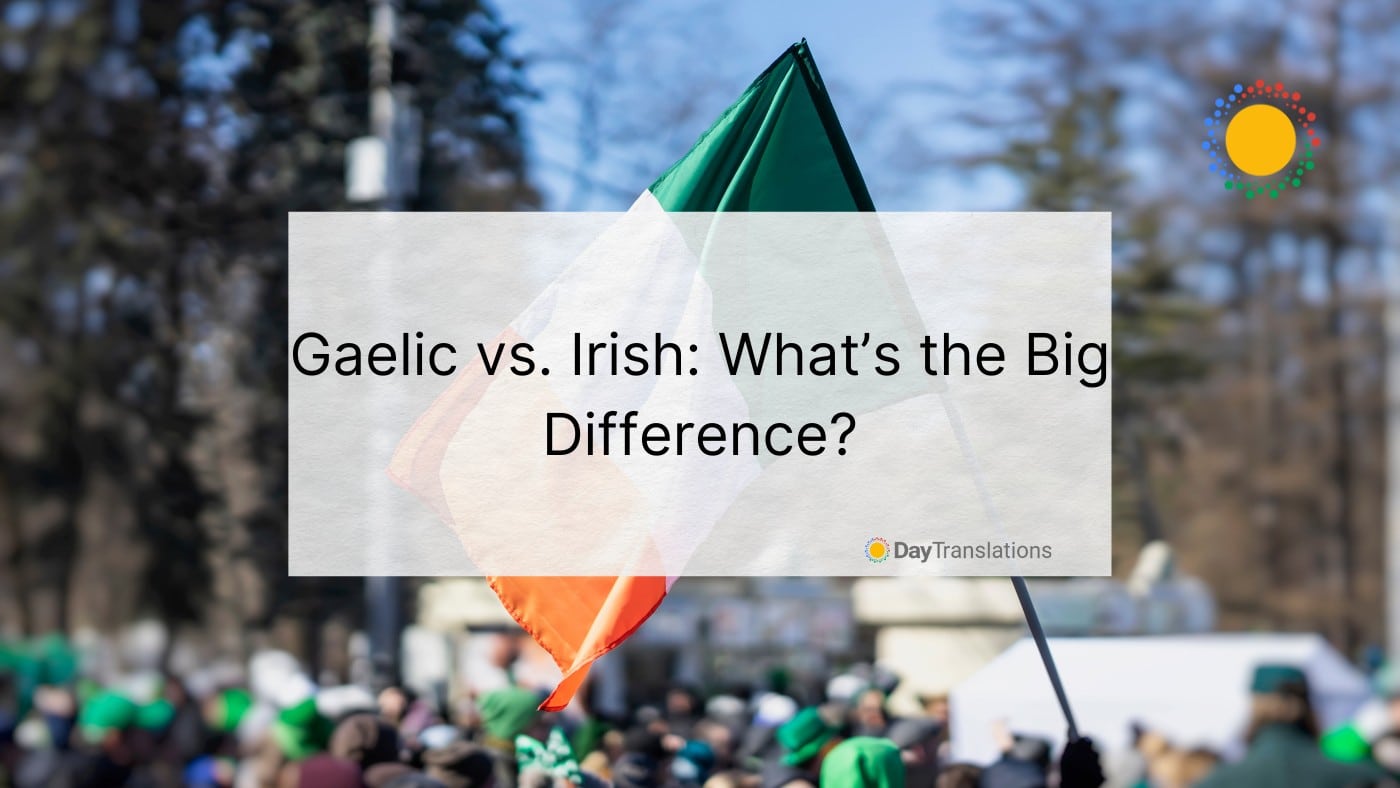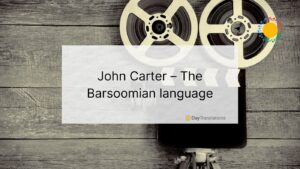Lush, green rolling landscapes, Gaelic accents, and St. Patrick’s Day are what most people associate with the country of Ireland. But what many aren’t aware of is the fact that Irish, Ireland’s official language, is on the UNESCO Atlas of the World’s Languages in Danger.
Another interesting and lesser-known fact is that Gaelic and Irish don’t differ all that much from each other.
What Is Gaelic?
Tracing the roots of the Gaelic language requires a study of the “parent” language family, which is Celtic in this case. We don’t really know too much about the Gaels that brought the Gaelic language to Ireland and Scotland.
What we do know, however, is that the Gaels came from North-Eastern Ulcer, a northern province of Ireland, and moved down to the islands of Caledonia and the coastlands of Ireland in the 5th century.
Gaelic can either refer to the Scottish Gaelic language or the Irish Gaelic language. Both are very similar, and both are of Celtic origin. Irish Gaelic is more specific than just plain Gaelic.
Irish Gaelic describes the people and culture of Ireland, and the Irish language is also sometimes referred to as Gaeilge (pronounced Gwal-gah).
Scottish and Irish Gaelic both came from the same source, but they’re very distinct from each other. Some argue that they’re just different dialects of the same language, but they sound very different.
Each has its own vocabulary and dialect. The spelling and pronunciation of many words also vary drastically between the two. And although some northern Irish people understand Scottish Gaelic and vice versa, the two aren’t typically considered mutually intelligible.
What is Irish?
Irish is an Indo-European language, but unlike the broad term “Gaelic”, Irish is a language in its own right. If you’re not physically in Ireland, you can switch between the terms Irish Gaelic and Scottish Gaelic to differentiate between the two geographical locations. But when you’re in Ireland, you’ll simply refer to it as Irish.
Depending on where you’re based in a country, you’ll hear the same word pronounced in a few different ways. In some predominantly Irish-speaking areas within Ireland (because most Irish folks speak English as their primary language), locals speak a variety of different dialects.
44,000 or fewer people speak Irish in the country, and children aren’t learning it as a primary language in their homes anymore because English is so widely used. Irish is one of the 24 official languages of the European Union. Still, unless mandated by the European Council and the European Parliament, the EU doesn’t have to translate or interpret Irish, which further endangers the language.
Despite the lack of support within the EU and Ireland itself, the Irish language is seeing a resurgence in learning in the digital age. Technology is helping to bring an endangered language to the world and is supporting endangered and extinct languages, creating opportunities for global support of the language to survive and thrive.
Final Thoughts
The future of the Celtic language is unsure since English remains the overwhelmingly dominant language in many areas that once predominantly spoke Celtic. Gaelic translations can be tricky due to varying dialects and the orthographic and pronunciation difficulties that exist between Irish and Scottish Gaelic.
At Day Translations, we offer interpreting and translation services to help bridge the linguistic divide, and we’re experienced with both Scottish and Irish Gaelic. For more insightful facts about languages across the world, explore our blog!














Sorry, the comment form is closed at this time.